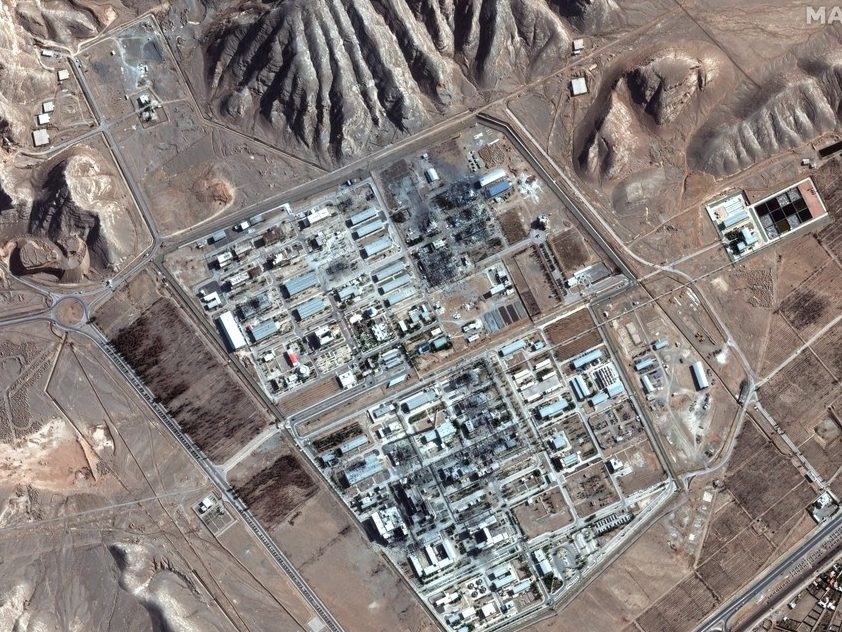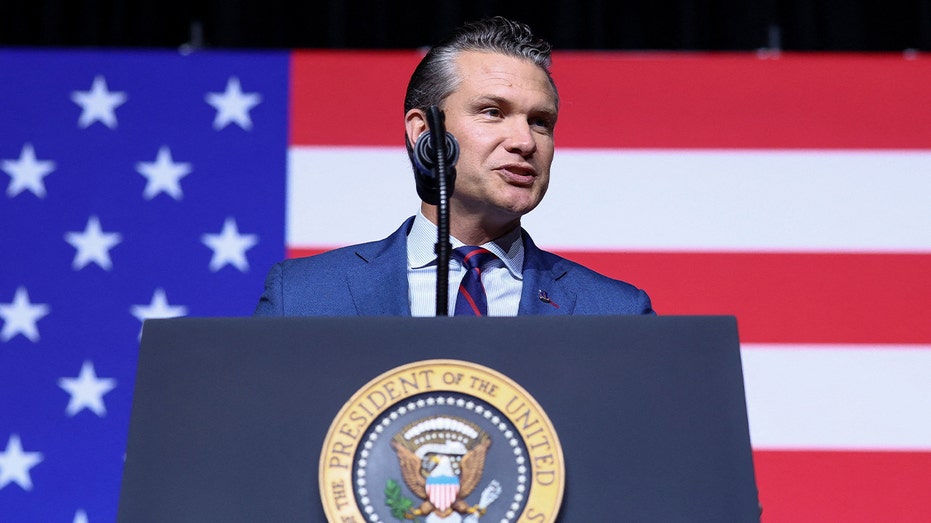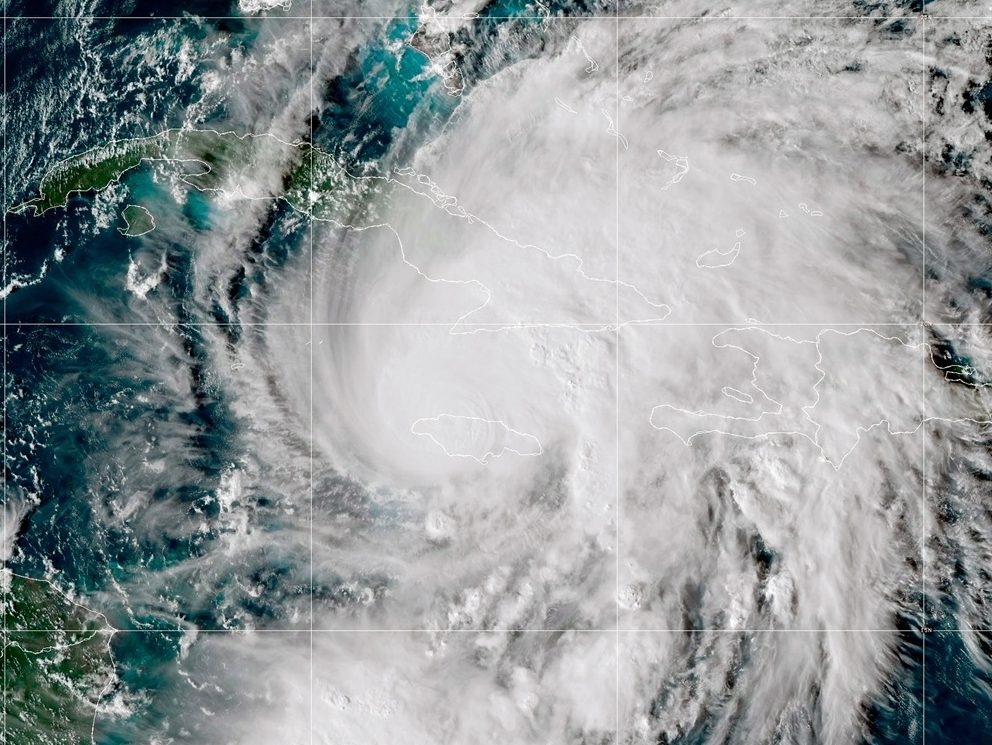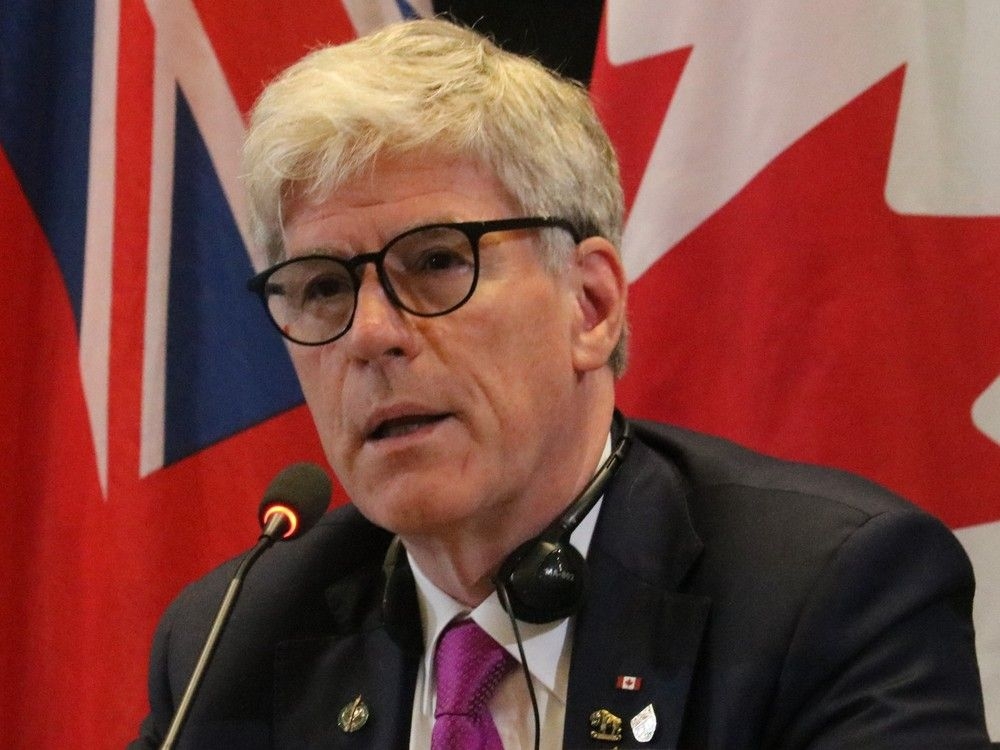Deir Al-Balah, Gaza – The fragile truce shattered overnight as a wave of Israeli airstrikes ripped across Gaza, leaving a landscape of devastation and a staggering toll of 104 lives lost. Among the victims, an unbearable 46 were children.
The strikes represent the deadliest escalation since the ceasefire began, throwing the already precarious peace into jeopardy. Accusations flew as Prime Minister Netanyahu authorized the “powerful strikes,” claiming Hamas had violated the agreement by returning what Israel described as partial remains of a hostage – a grim discovery presented as a deliberate provocation.
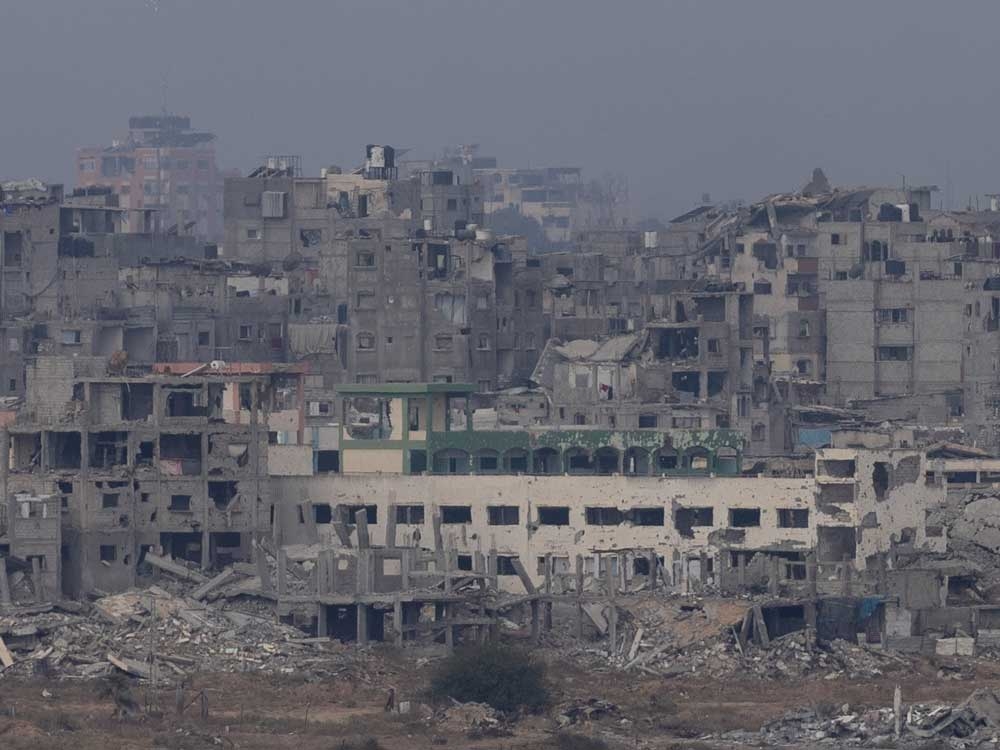
Hamas vehemently denied any breach of the ceasefire, accusing Israel of fabricating the circumstances surrounding the remains. They countered by announcing a delay in the handover of another hostage’s body, a chilling response to the escalating violence.
The situation is further complicated by the desperate search for the bodies of thirteen remaining hostages still held within Gaza. Israel insists Hamas is intentionally obstructing their return, hindering progress toward the more complex phases of the ceasefire – disarmament, security deployment, and the future governance of the territory.
The Palestinian Health Ministry reported a horrific scene: 104 deaths and 253 wounded, the vast majority women and children. Hospitals, already overwhelmed, struggled to cope with the influx of casualties. At Shifa Hospital in Gaza City, 45 people, including 20 children, fought for their lives in critical condition.
Aqsa Hospital in Deir al-Balah received ten bodies, including six children. Nasser Hospital in Khan Younis confirmed twenty deaths, thirteen of them children. The Al-Awda Hospital reported receiving thirty bodies, fourteen of whom were children.
Images from the ground paint a heartbreaking picture. Ambulances and makeshift trucks crowded hospital entrances, delivering bodies on stretchers and mattresses. One man carried the small, lifeless form of a child into a hospital, a scene repeated across the devastated territory.
“They struck right next to us,” a woman recounted outside a hospital, “and we saw all the rubble on top of us and our young ones.”
Displaced Palestinians sifted through the wreckage of a destroyed tent at dawn, discovering the body of a small child and wrapping it in a blanket. “What kind of a ceasefire is this?” a survivor asked, her voice filled with anguish.
At the Al-Awda Hospital, scores gathered around dozens of bodies prepared for funeral prayers. The hospital reported receiving thirty bodies, half of them children. Families wept openly, saying their final goodbyes. Yehya Eid mourned the loss of his brother and nephews, cradling a small body wrapped in a bloodied shroud.
“What is the reason of this?” he cried, “These are children who were killed. What did they do wrong? Did they fight in the war?” He added, with raw emotion, “These children are just like the rest of the children in the world.”
The exchange of accusations continued. An Israeli military official stated a soldier, Master Sgt. Yona Efraim Feldbaum, 37, a U.S. citizen, was killed by “enemy fire” in Rafah during an attack on Israeli troops attempting to destroy tunnels. Hamas denied involvement, reaffirming their commitment to the ceasefire and calling on mediators to intervene.
Despite the escalation, a statement from the Israeli military indicated a willingness to uphold the ceasefire, but with a firm warning: any violation would be met with a forceful response. The future of the truce, and the fate of those still trapped in the conflict, hangs precariously in the balance.
